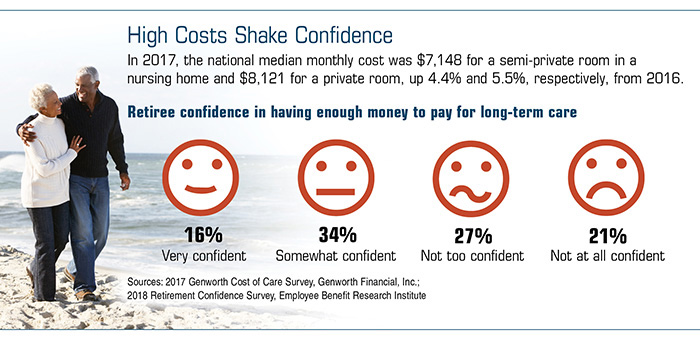7 Easy Facts About Pacific Prime Described
7 Easy Facts About Pacific Prime Described
Blog Article
9 Simple Techniques For Pacific Prime
Table of ContentsPacific Prime Things To Know Before You BuyThe Of Pacific PrimePacific Prime - The FactsWhat Does Pacific Prime Do?Indicators on Pacific Prime You Should Know

This is because the information were collected for a period of solid financial performance. Of the approximated 42 million individuals who were without insurance, almost regarding 420,000 (concerning 1 percent) were under 65 years of age, the age at which most Americans come to be qualified for Medicare; 32 million were adults between ages 18 and 65, around 19 percent of all grownups in this age; and 10 million were youngsters under 18 years of age, regarding 13.9 percent of all youngsters (Mills, 2000).
These estimates of the number of persons without insurance are created from the yearly March Supplement to the Current Populace Study (CPS), conducted by the Census Bureau. Unless otherwise noted, national quotes of individuals without medical insurance and proportions of the population with different kinds of protection are based upon the CPS, one of the most commonly used resource of price quotes of insurance policy protection and uninsurance prices.
All about Pacific Prime

Still, the CPS is especially valuable because it produces yearly quotes fairly quickly, reporting the previous year's insurance protection estimates each September, and because it is the basis for a regular set of price quotes for greater than two decades, enabling evaluation of fads in insurance coverage gradually. For these reasons, along with the comprehensive use the CPS in various other research studies of insurance policy coverage that are provided in this report, we count on CPS quotes, with limitations kept in mind.

The price quote of the number of without insurance people broadens when a population's insurance policy condition is tracked for numerous years. Over a three-year period starting early in 1993, 72 million people, 29 percent of the united state populace, were without protection for a minimum of one month. Within a solitary year (1994 ), 53 million people experienced at the very least a month without insurance coverage (Bennefield, 1998a)
Six out of every 10 uninsured grownups are themselves used. Functioning does enhance the chance that one and one's household members will have insurance policy, it is not an assurance. Even participants of families with two permanent wage earners have almost a one-in-ten possibility of being uninsured (9.1 percent uninsured price) (Hoffman and Pohl, 2000).
Pacific Prime Can Be Fun For Everyone
New immigrants account for a significant percentage of people without medical insurance. One analysis has associated a substantial section of the recent growth in the size of the U.S. without insurance populace to immigrants that got here in the nation in between 1994 and 1998 (Camarota and Edwards, 2000). Current immigrants (those that concerned the United States within the previous 4 years) do have a high rate of being without insurance (46 percent), yet they and their children account for simply 6 percent of those without insurance country wide (Holahan et al., 2001).
The partnership between medical insurance and access to care is well developed, as recorded later on in this phase. Although the partnership between medical insurance and health end results is neither direct neither straightforward, an extensive clinical and health and wellness solutions research study literary works links medical insurance protection to improved accessibility to care, better quality, and improved personal and population health and wellness standing.
Levels of evaluation for checking out the results of uninsurance. It focuses particularly on those without any health insurance for any type of length of time.
The smart Trick of Pacific Prime That Nobody is Talking About
The problems faced by the underinsured are in some areas similar to those faced by the without insurance, although they are usually less serious. Health and wellness insurance, nevertheless, is neither necessary neither enough to obtain accessibility to clinical solutions. The independent and direct effect of wellness insurance protection on accessibility to health and wellness services is well established.
Others will certainly get the healthcare they require even without medical insurance, by spending for it out of pocket or seeking it from companies who offer care free or at highly subsidized prices. For still others, medical insurance alone does not guarantee receipt of treatment due to the fact that of various other nonfinancial obstacles, such as an absence of wellness care service providers in their neighborhood, restricted access to transport, illiteracy, or etymological and cultural distinctions.
Things about Pacific Prime
Formal research look at here study about without insurance populaces in the USA dates to the late 1920s and early 1930s when the Board on the Cost of Healthcare created a series of records concerning financing medical professional workplace brows through and hospitalizations. This concern ended up being significant as the numbers of medically indigent climbed up throughout the Great Anxiety.
Report this page